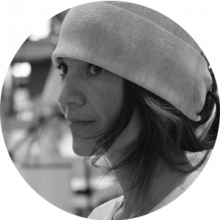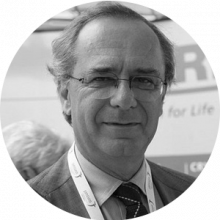Basic Principles
Introduction
Presentation
With Module One, “Basic Principles”, we introduce you to the fundamental tools, techniques and principles underlying surgical endoscopy. The lectures within this module are divided into sections covering Surgical, Medical and Common considerations. This is done to emphasize that students with various backgrounds will take part in this training and allows us to start with a shared understanding of the fundamental principles, tools and practices involved. We begin with the endoscope (its variations, components and accessories) and start to explain the techniques and tricks for technical success.
We briefly explain laparoscopy, recognizing that much surgical endoscopy begins in the operating room and may involve combined approaches. We cover the common topics of pre-operative patient preparation, airway management, anesthesia and post-operative care. Finally, we create the segue to more advanced modules by introducing the principles and techniques for cautery, resection and specimen orientation.
 10
lessons
10
lessons
 13
speakers
13
speakers
 08:01
hours
08:01
hours
 252
followers
252
followers
Course directors

Silvana Perretta

Guido Costamagna
Objectives
- Possess a basic technical understanding of endoscopic equipment, platform and accessories.
- Demonstrate the care, cleaning and basic manipulation of upper and lower GI endoscopes.
- Understand the principles and practice of patient preparation, sedation, anesthesia and airway management for surgical endoscopy.
- Know the indications and contraindications for surgical endoscopy interventions.
- Know the basic principles of laparoscopic surgery.
- Understand the principles of cautery, tissue resection and specimen orientation.
- Be able to recognize and manage common complications.
- Understand the management of post-operative care including pain, diet and activity.
Endoscopy - Basic Principles
Reprocessing of flexible endoscopes
During gastrointestinal endoscopy, endoscopes are exposed to millions of bacteria that constitute the gut flora.
Principles of upper gastrointestinal endoscopy
Upper endoscopy is an exam performed to explore the first parts of the digestive tract up to the second portion of the duodenum. Using a flexible endoscope the operator can perform a gastroscopy to inspect the mucosa, to perform biopsies or many therapeutical interventions on the upper GI tract.
The endoscopist "on call": dealing with emergency situations
Bleeding and foreign bodies are two conditions that need emergency endoscopy.
Management of endoscopy complications
Iatrogenic perforations of the GI tract are rare but can occur during diagnostic or interventional endoscopy. Early recognition, localization and evaluation of the severity of injury are mandatory to direct possible endoscopic treatment.
Upper GI bleeding
In this lecture, Prof. Maselli will describe the crucial role of endoscopy in the management of GI bleeding, as it plays at 3 levels : diagnosis, treatment, and prophylaxis. She will also review the different treatment options.
PEG after 30 years
Percutaneous Endoscopic Gastrostomy was first performed in 1979 and appeared first in the literature in 1980. Since that time the technique has become the standard for performance of feeding gastrostomy.
Understanding the electrocautery system in Endoscopy
In this lecture, Pr Maselli covers the principles of electrocautery in endoscopy and its best use for safe procedures.
Bowel preparation
Poor bowel preparation at colonoscopy may be associated with incomplete colonic examinations, inadequate mucosal visualization, missed lesions, prolonged procedure time, and increased complications. High quality colonoscopy needs a good bowel preparation.
General Considerations
Pathological specimen handling endoscopic surgery
Digestive pathology represents an essential part of the activity of most pathologists. Over the past decade, developments and advances have changed the endoscopic technique approach for digestive pathologies.
Operative note & Informed consent
.
